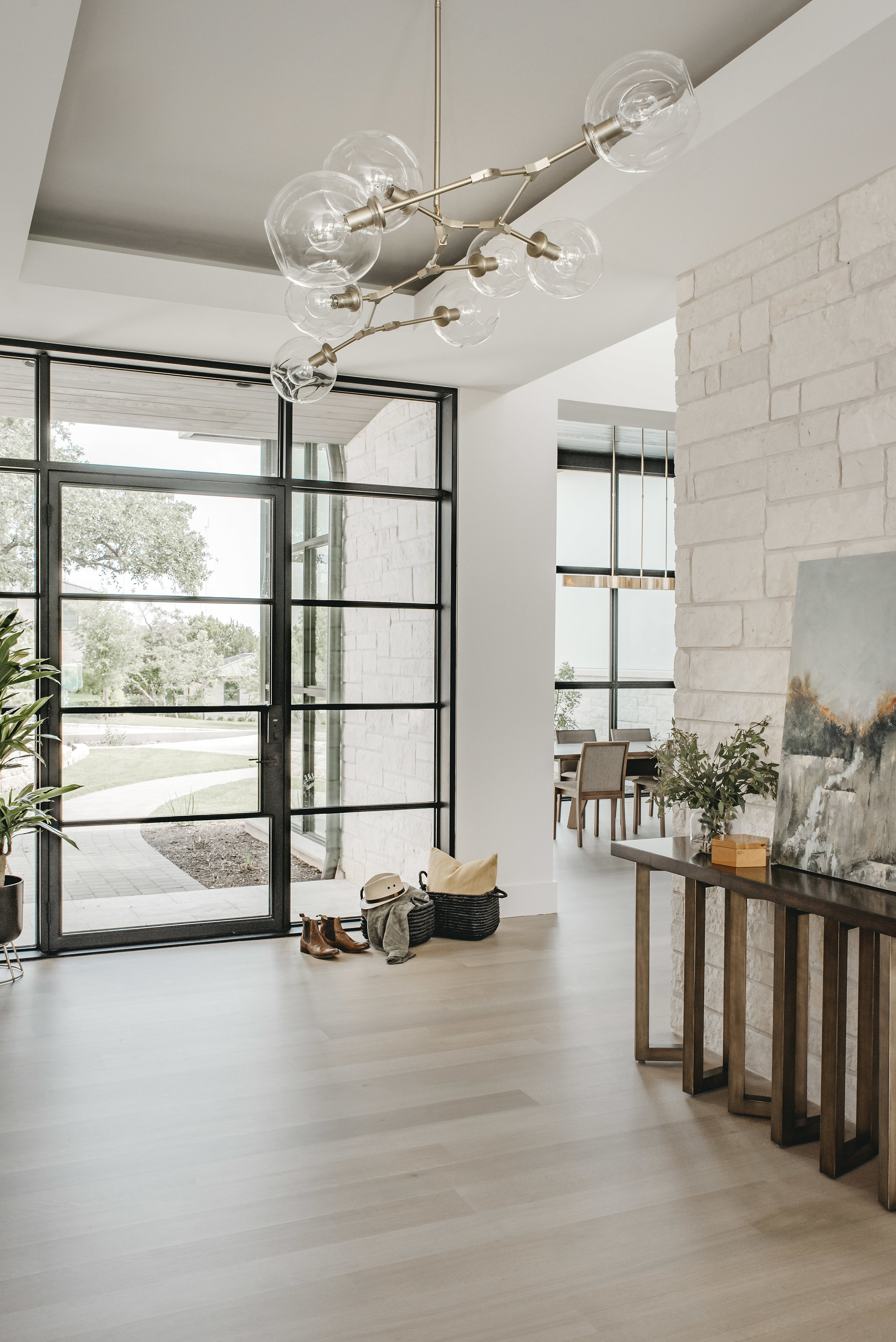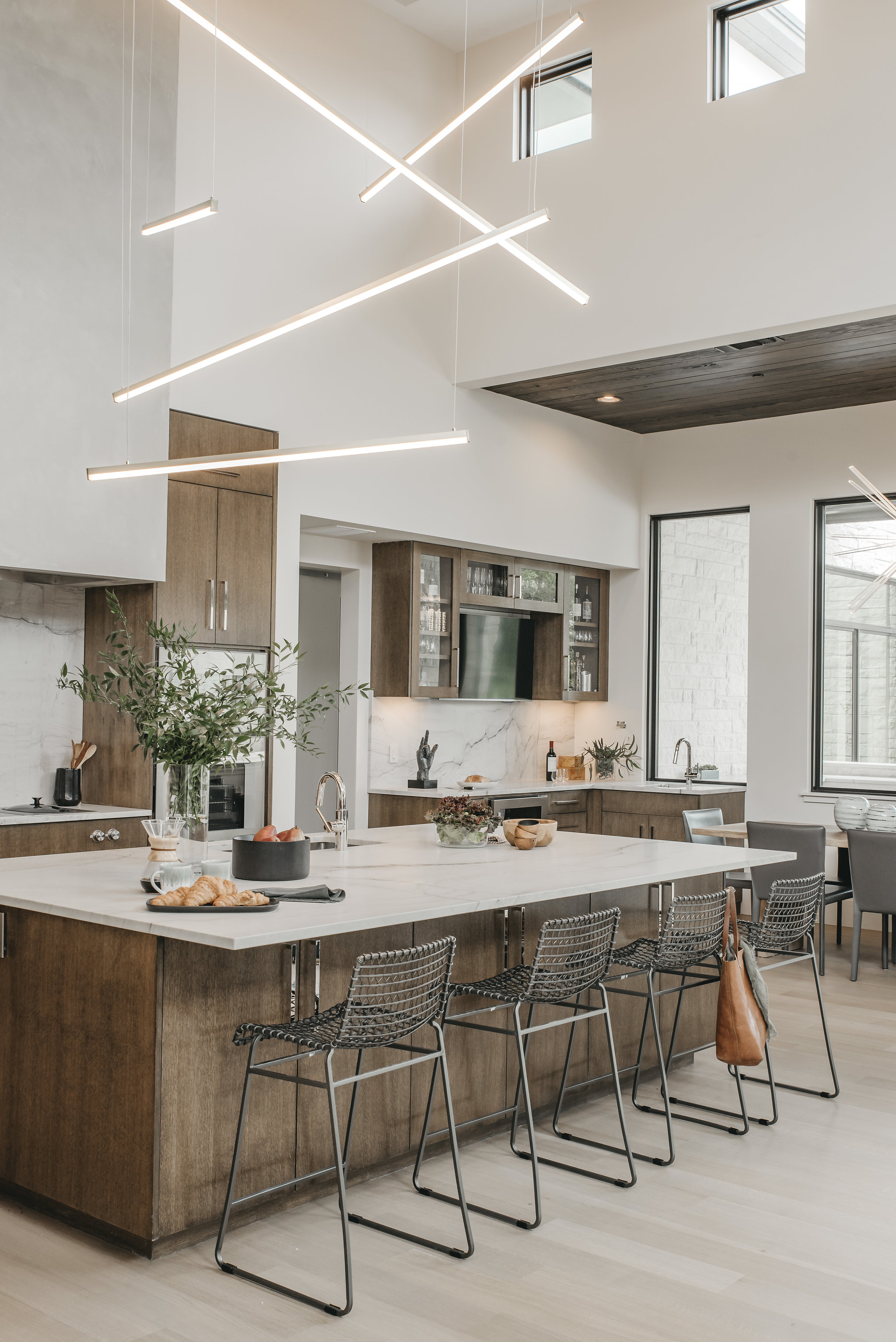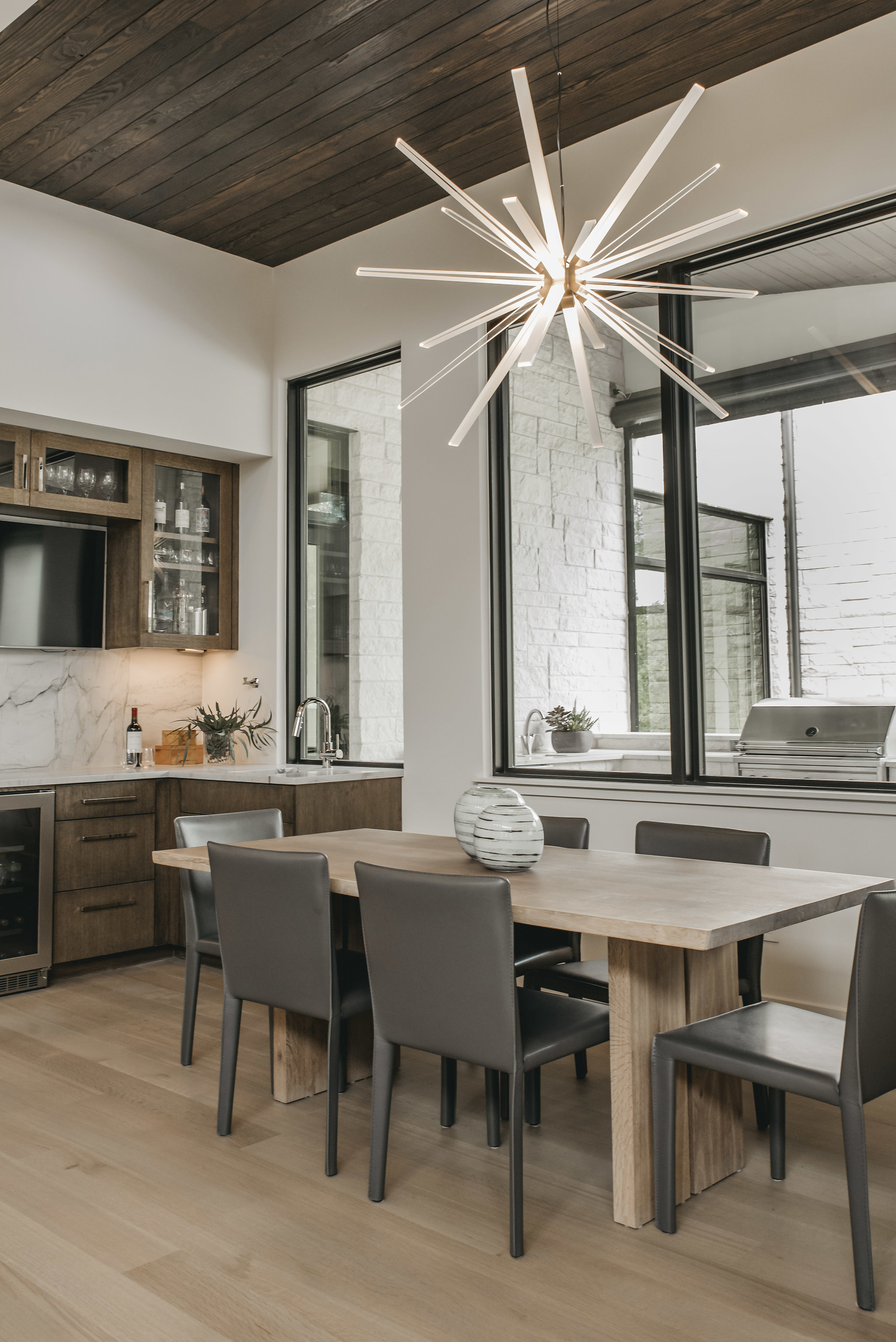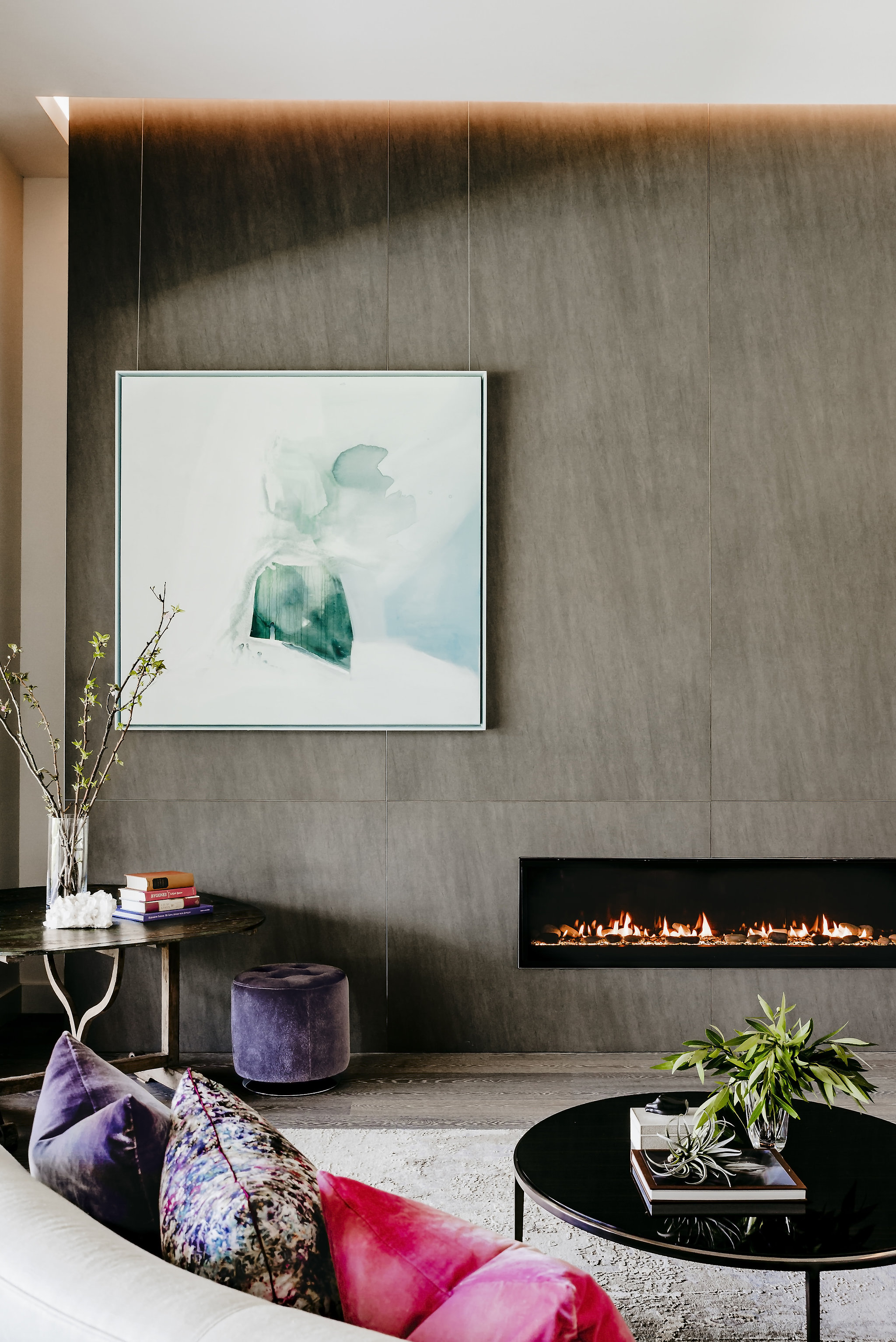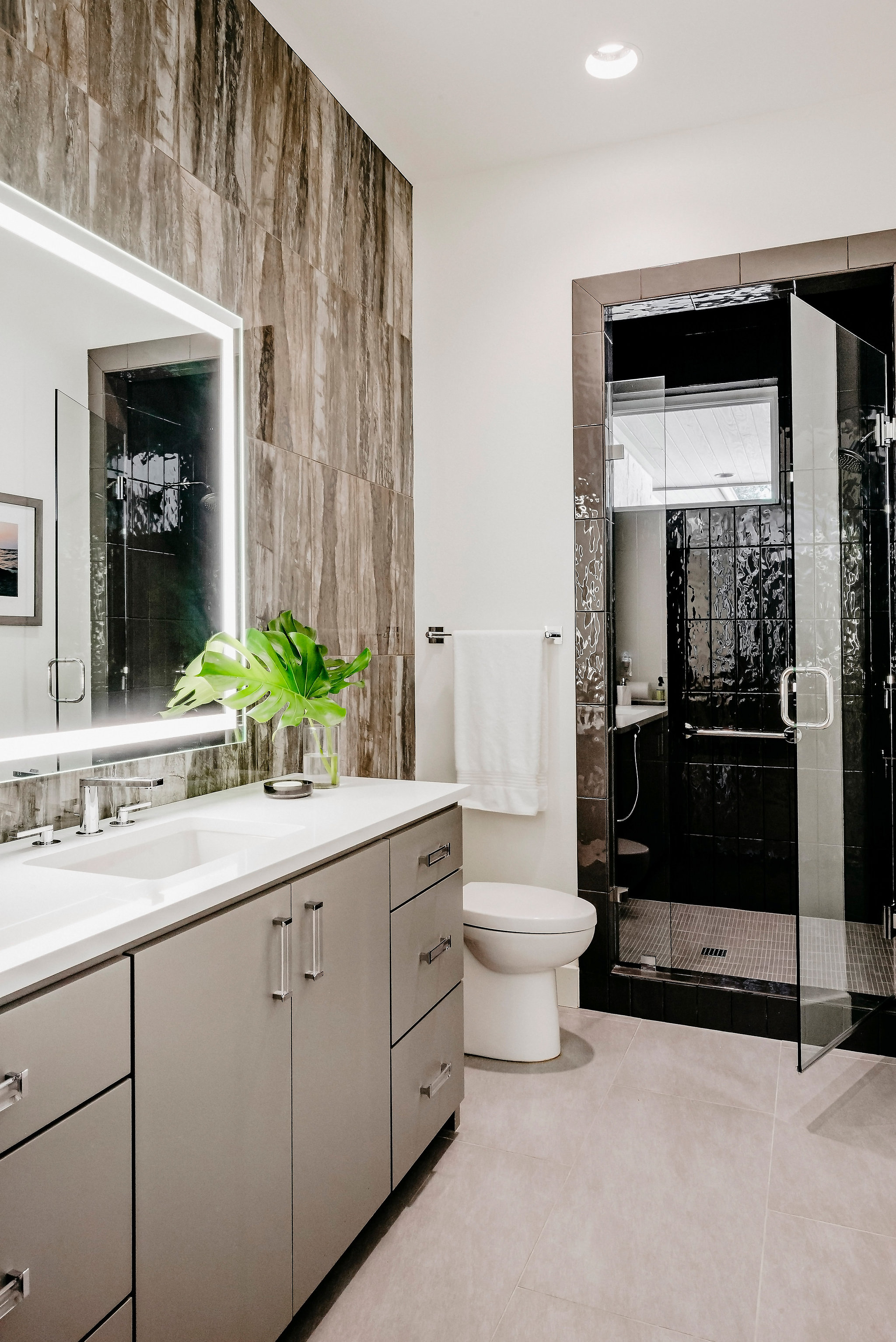Photo by An Indoor Lady. Wool and Silk hand-knotted rug from India, provided by David Alan Rugs.
Hi blog friends! So this post will be a little different today. I have asked my senior designer Casey, a “travel obsessed foodie” who is also incredibly passionate about rugs, to write a series of guest posts (mostly because she is funny AND knowledgeable – a great combo for my blog audience!). Casey has won awards in rug design and has been traveling abroad for the last 4 months, so she has a unique perspective. There is a lot to know about rugs, so this will be a 3 part series (likely coming out about 2 weeks apart – ish). Enjoy!
Written by Casey Cunningham, for Laura Burton Interiors
Full disclosure: I love rugs.
Like, to a weird degree. I CARE about them. I can’t explain why, but it started many years ago when I was working in a retail showroom. Ownership brought some guy who sold fancy rugs in to give us an education. Seeing one-of-a-kind pieces and learning what it takes to make them unexpectedly lit me up. In the last few years I’ve created several rug designs, a couple of which have done well in competition. My (not so) low key life goal is to be an internationally renowned rug designer (living in Portugal, drinking affordable wine and eating pastries like they have the nutritional value of baby spinach...) anyways.....RUGS.
Yes. I’m a little biased.
But every interior designer has things they get extra excited about selecting. I worked with someone who loved lamps (and I will never see love + lamp without thinking of Anchorman). Laura is a big fan of chairs and hardware. For me? It’s rugs.
In this three part series we’ll discuss:
1. Why rugs are important (and why so expensive?).
2. Purchasing considerations.
3. Styles and trends.
PART ONE - WHY ARE RUGS IMPORTANT?
THE PRACTICAL ARGUMENT
A rug is often the largest purchase in a space (both in relation to surface area and cost). They serve not only as a buffer between a cold hard floor and bare feet, they also act as insulation and provide sound absorption. It can be on the receiving end of a lot of wear and tear if it’s in a high traffic area so materials and construction matter.
THE DESIGN FUNCTION
Visually, a rug anchors and defines a space. It creates a cohesive grouping for your furniture. It adds texture, color and dimension to your environment. Given that it’s often the item with the largest surface area in your space it can have a huge impact on the design of the space.
THE EMOTIONAL APPEAL
If you buy a quality, hand knotted 8x10 rug, it likely took three people working side by side 6-10 months of their lives to weave that rug. Think of the conversations! The stories exchanged. The major life events that can take place over the course of six months.
If you have a true rug buying experience, it is like purchasing art. It’s finding a unique design that speaks to you on an emotional level. If you purchase an antique there are stories and symbolism woven into each piece and they are often “signed” by the weaver.
WHY ARE THEY SO EXPENSIVE?
Without fail, a trip to the showroom involves sticker shock. When you move into the world of unique, hand knotted, antique or otherwise “designer” rugs they elicit an emotional response. People, especially first-timers, get excited. They form emotional attachments. Then when they hear the price the response is usually “NOPE!”
During a recent trip to Morocco, I took a group of lady friends to a high-end rug showroom and watched them, one by one, light up when the vendor started laying out rugs. In one showroom visit, they went from a mild level of interest to a manic episode that involved scrutinizing every rug brought out to understand which one best represented them as human beings (or something like that). They would stare for minutes. Walking around it multiple times, pausing, and growing more attached. I love watching this process. Given that Moroccan rugs tend to be more affordable than some other styles, a lot of rugs were purchased that day, but more importantly, they walked away with a newfound appreciation.
So why the hefty price tag?
As I mentioned earlier – for a living room sized rug, you’re looking at 3 people working for six months to a year on one rug. Let that soak in – 3 people, up to one year. Even conservatively, that would be about $23,000 for three minimum wage American workers to work 6 months.
But then you look at the materials. Quality wool comes from high up in the mountains and there is the process of cleaning and dying the wool.
After the rug has been woven, it is often shipped halfway across the world. The average 8x10 weighs in at 40-50lbs.
In the case of antique rugs, sometimes they require repairs prior to selling.
THE “RUG FIRST” ARGUMENT
Don’t design yourself into a corner. Many people don’t consider the rug until everything else is purchased.
I hear you, people... It’s important to have a comfortable sofa to curl up on to watch TV at the end of a long day. Picking a wall paint color is a HUGE decision, because a mistake can be costly and/or time consuming.
But there is a logical argument to making the rug the first purchase if you are starting over in a space.
For one, it takes up a large portion of real estate in a room so it’s a great place to set the tone, design theme and color scheme for a room. In addition, it makes the whole design process for the rest of the room easier, because you can simply pull from the colors in the rug for the other elements in the space (like sofa fabric and wall paint!).
An Illustration:
Finding the perfect shade of coral paint that’s not too orange and not too pink is relatively easy. Finding a teal fabric that has slightly more blue than green is doable -- there are hundreds to choose from. Finding a rug that has the perfect combination of these two colors that also looks good with the shade of beige in your tile floor and has a hint of the emerald green in your artwork (but no too much) and all of this in a traditional pattern, with hand knotted wool construction and no silk (because it needs to be durable) and priced within your $4000-$5000 budget that is available now because you have guests coming into town next week is anxiety producing. (Also, if this is your actual color scheme you might want to hire a designer because you may be a little out of control right now.)
If you consider the number of available rugs in a certain style to the number of fabrics and paint colors that exist, it makes sense to work from the floor up when possible. It’s not so much of a “rule” as a “life hack”.
Stay tuned for my next post on purchasing considerations. If you’re going to spend your child’s college fund on something (I kid, I kid!), you might as well get it right.
Rugs above provided by Black Sheep Unique. All photos courtesy of An Indoor Lady.





